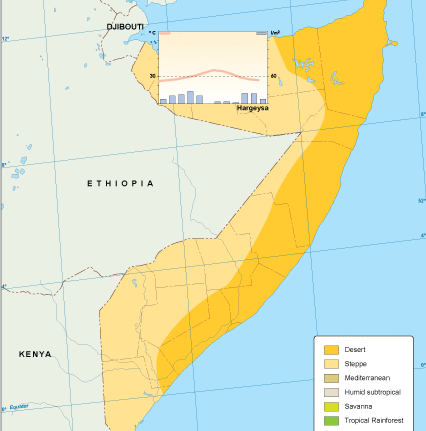A devastating heatwave has gripped India and Pakistan since early April 2025, with temperatures reaching unprecedented levels. The region has seen temperatures soar as high as 48°C (118.4°F) in the city of Sibi, Balochistan, marking one of the most extreme weather events in recent years.
“The heatwave has intensified to a level we have never seen before. Millions are affected, and the toll on health and agriculture is staggering,” said Dr. Iqbal Malik, a climate scientist in Pakistan.
The ongoing heatwave has caused significant disruption, with millions of people across both countries facing severe thermal stress. Vulnerable populations, including the elderly, children, and outdoor workers, are at heightened risk of heat-related illnesses such as heatstroke and dehydration. Local hospitals are overwhelmed with cases linked to the intense heat.
In addition to the health risks, the heatwave is also wreaking havoc on agriculture. Crops in key agricultural areas are being scorched by the extreme temperatures, leading to concerns about widespread crop failures and food shortages. The region is also experiencing severe water scarcity, exacerbating the crisis for many communities that rely on limited water resources.
Authorities in both India and Pakistan have issued urgent heat advisories, urging residents to stay indoors during peak heat hours, wear protective clothing, and stay hydrated. Cooling centers and emergency water supplies are being deployed to assist affected areas.
Experts warn that this heatwave is part of a broader trend linked to climate change, with rising global temperatures contributing to more frequent and intense extreme weather events. As the heatwave continues to impact the region, calls for urgent climate action and better disaster preparedness are growing louder.
The situation remains critical, and authorities are monitoring the conditions closely as the heatwave persists.
For more information, you can contact us at Info@somgnews.com.



Leave feedback about this